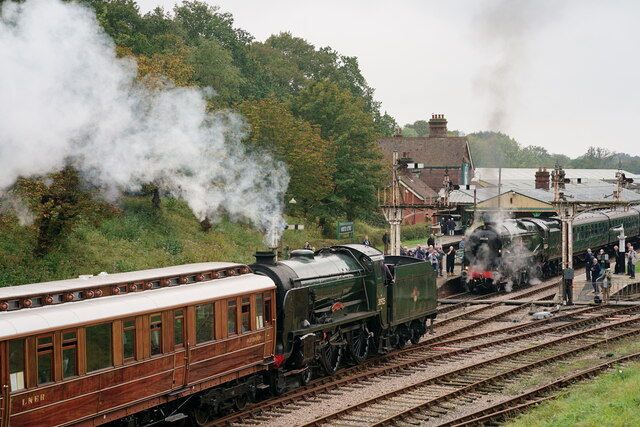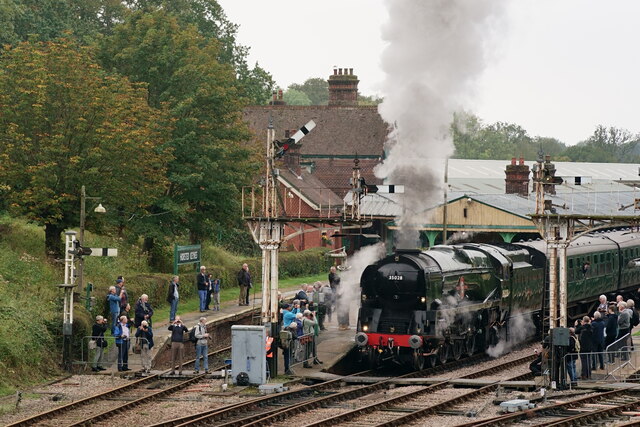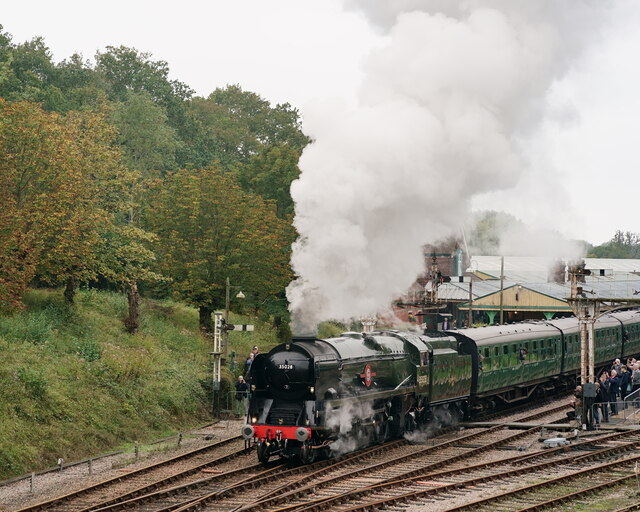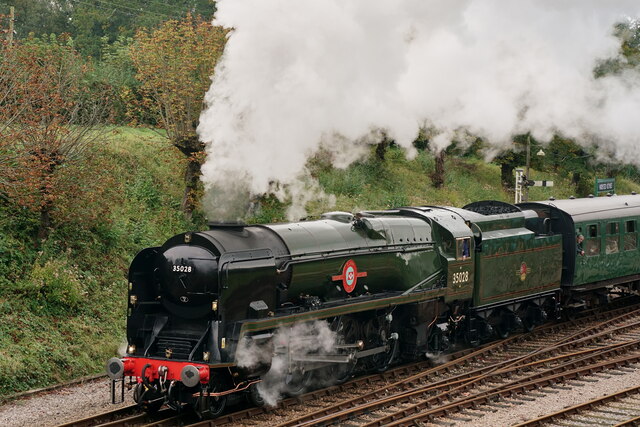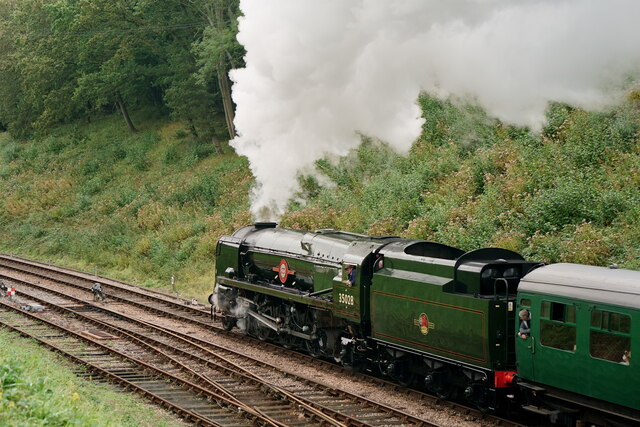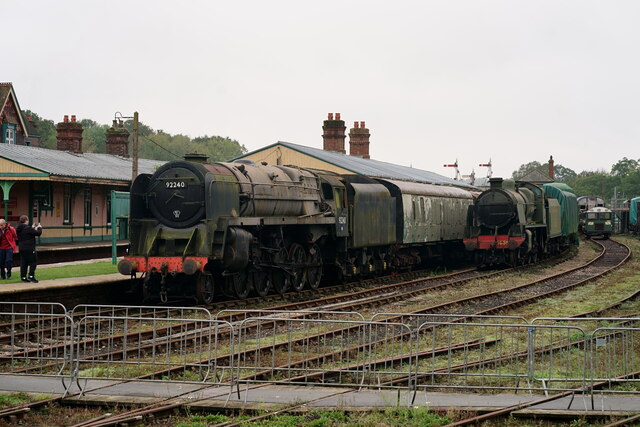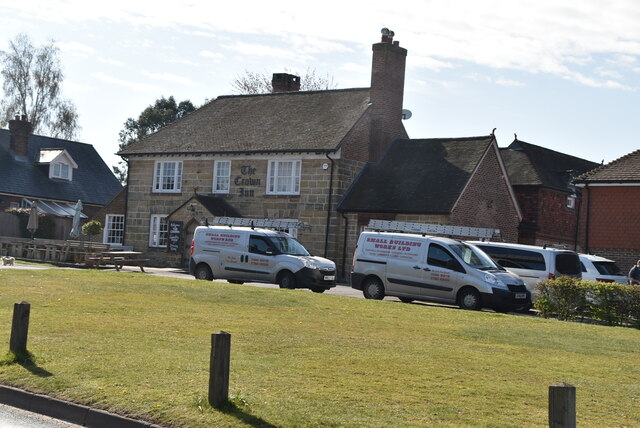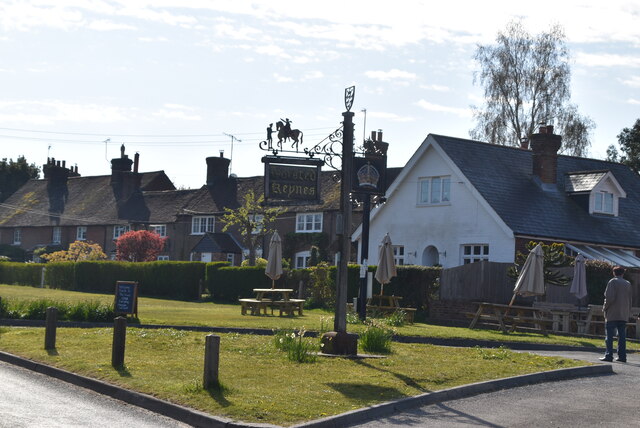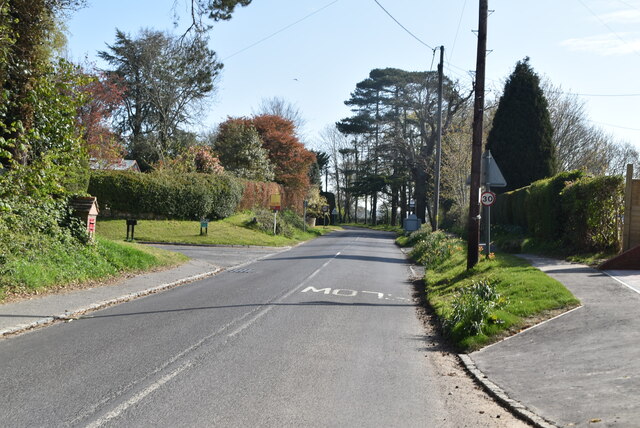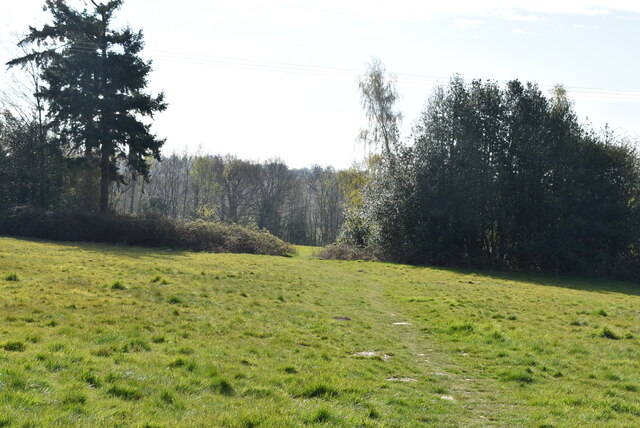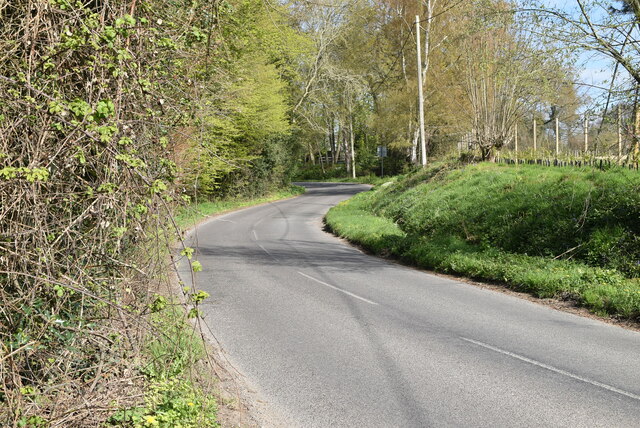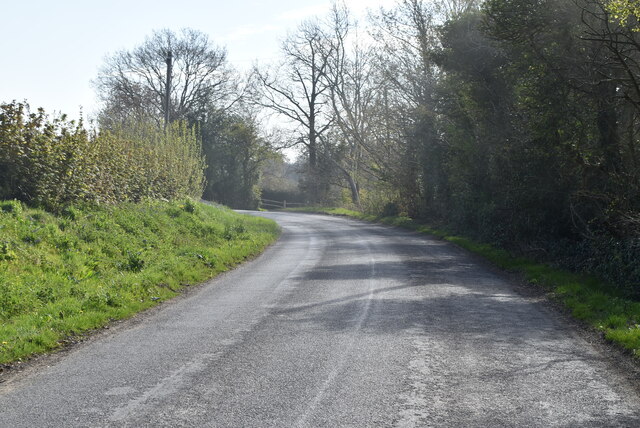Ass Wood
Wood, Forest in Sussex Mid Sussex
England
Ass Wood
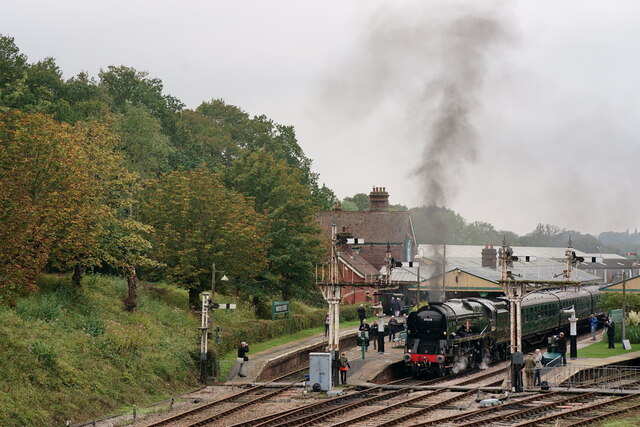
Ass Wood is a picturesque forest located in Sussex, England. Spanning over a vast area, it is known for its dense woodlands and diverse wildlife. The forest is situated in a rural setting, away from the hustle and bustle of city life, providing a serene and tranquil environment.
The woodlands of Ass Wood consist of a variety of tree species, including oak, beech, and birch, which create a stunning canopy overhead. The forest floor is covered in a thick carpet of moss, ferns, and wildflowers, adding to the natural beauty of the area. The sound of birdsong fills the air, with species such as blackbirds, thrushes, and woodpeckers being commonly seen and heard.
Ass Wood offers numerous walking trails and paths, allowing visitors to explore its natural wonders. These trails range from easy strolls to more challenging hikes, catering to all levels of fitness and interests. Along these paths, one can discover hidden streams, enchanting clearings, and ancient trees with gnarled branches.
Wildlife enthusiasts will be delighted to encounter a variety of animals in Ass Wood. Deer, squirrels, and rabbits are frequently spotted, while lucky visitors may even catch a glimpse of a fox or badger. The forest is also home to a diverse array of bird species, making it a popular destination for birdwatching enthusiasts.
In summary, Ass Wood is a captivating forest in Sussex, offering a haven for nature lovers. With its stunning woodlands, vibrant wildlife, and peaceful ambiance, it provides a perfect escape into the beauty of the natural world.
If you have any feedback on the listing, please let us know in the comments section below.
Ass Wood Images
Images are sourced within 2km of 51.053159/-0.018041338 or Grid Reference TQ3930. Thanks to Geograph Open Source API. All images are credited.
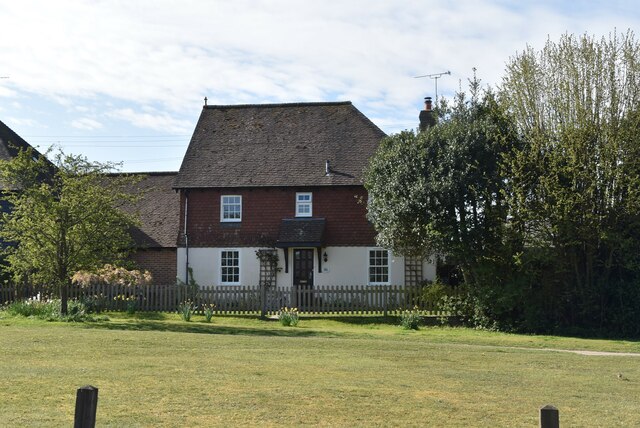
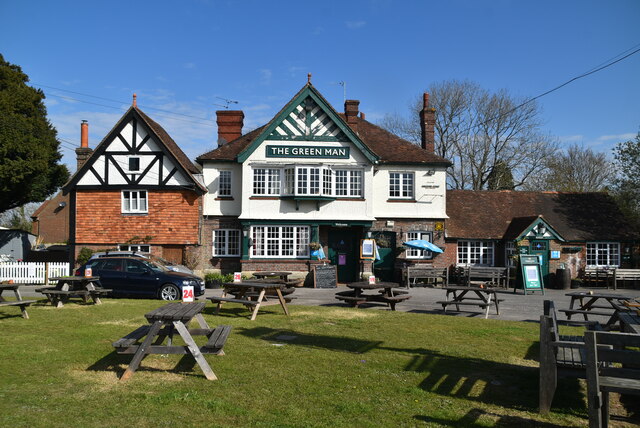
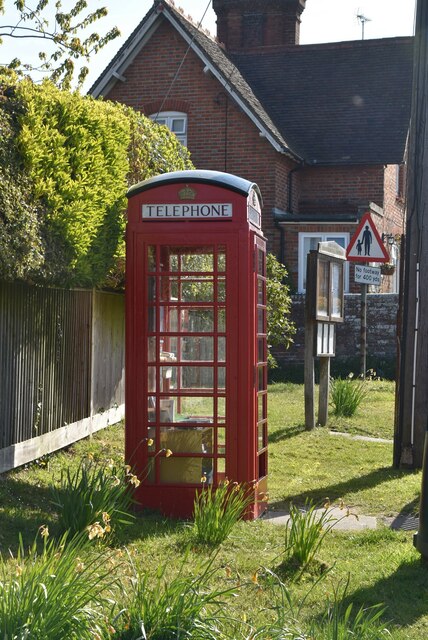
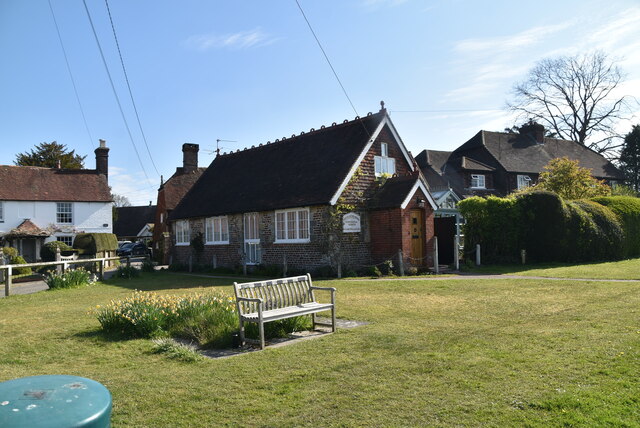
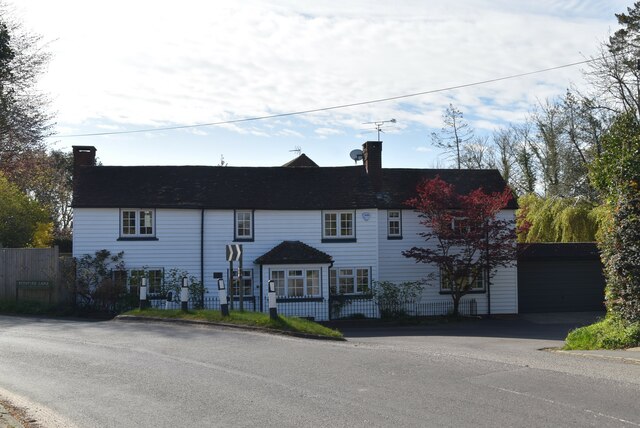
Ass Wood is located at Grid Ref: TQ3930 (Lat: 51.053159, Lng: -0.018041338)
Administrative County: West Sussex
District: Mid Sussex
Police Authority: Sussex
What 3 Words
///buckling.riverboat.blacken. Near Horsted Keynes, West Sussex
Nearby Locations
Related Wikis
St Giles' Church, Horsted Keynes
St Giles' Church is an Anglican church in the village of Horsted Keynes in Mid Sussex, one of seven local government districts in the English county of...
Isaac Roberts' Observatory
Isaac Roberts' Observatory was an observatory, installed in the private home of the British astronomer Isaac Roberts. It was in Crowborough, Sussex, and...
Horsted Keynes railway station
Horsted Keynes railway station is a preserved railway station on the Bluebell Railway in Sussex. The station has been used as a shooting location in several...
Birch Grove
Birch Grove, Horsted Keynes, West Sussex, England is a country house dating from 1926. It was the family home of the British prime minister Harold Macmillan...
Lindfield & High Weald (electoral division)
Lindfield & High Weald is an electoral division of West Sussex in the United Kingdom, and returns one member to sit on West Sussex County Council. ��2...
Horsted Keynes
Horsted Keynes KAYNZ is a village and civil parish in the Mid Sussex District of West Sussex, England. The village is about 5 miles (8 km) north east...
All Saints Church, Highbrook
All Saints Church is an Anglican church in the hamlet of Highbrook in Mid Sussex, one of seven local government districts in the English county of West...
Danehill, East Sussex
Danehill is a village in East Sussex, England. == Religious sites == There are two Anglican churches in the parish: one at Danehill (dedicated to All Saints...
Nearby Amenities
Located within 500m of 51.053159,-0.018041338Have you been to Ass Wood?
Leave your review of Ass Wood below (or comments, questions and feedback).
